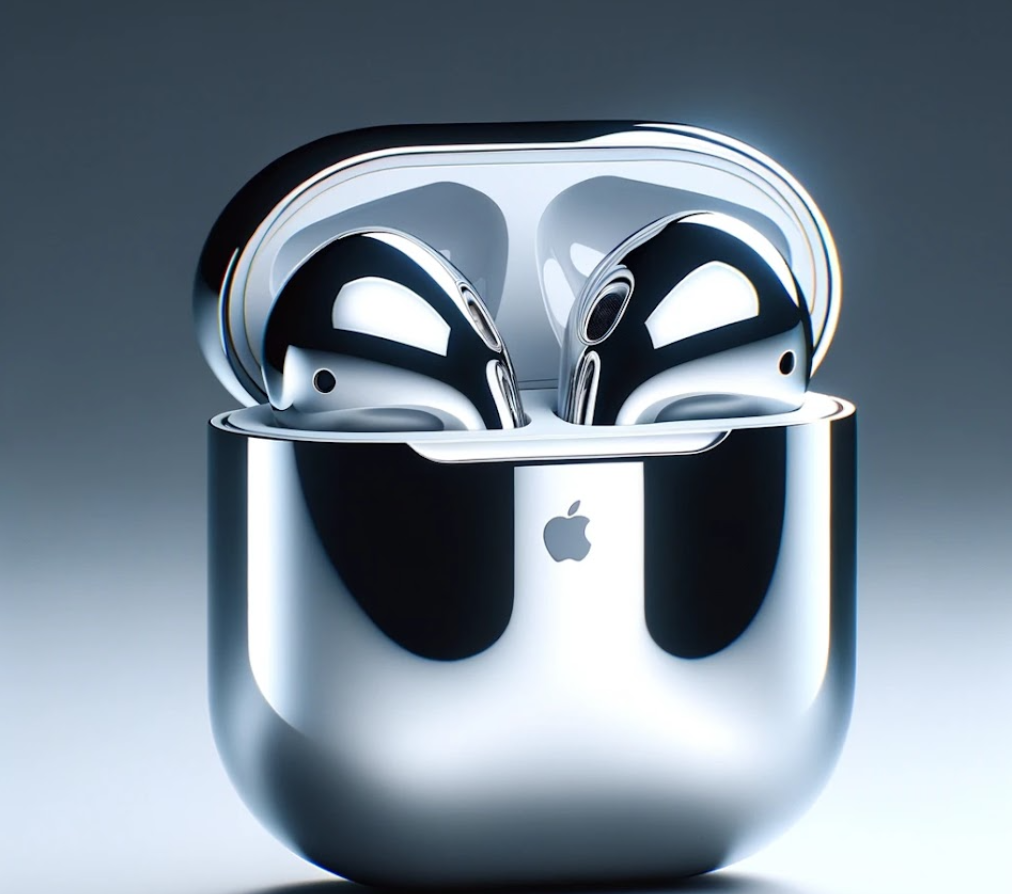Will Apple AirDrop Use LiFi for Faster and More Secure Connections in the Near Future?
Image credit to LiFi Tech News
LiFi AirDrop
Apple has obtained a patent for a technology that could significantly improve the speed and security of short-range wireless data transfers between devices like iPhones and Macs.
The technology, called LiFi, uses modulated light waves rather than radio frequencies to transmit data. LiFi data transfers could potentially reach speeds of tens of gigabits per second or more, far faster than existing wireless protocols like Bluetooth or Wi-Fi.
The new patent, titled "Optical structures in directional free-space optical communication systems for portable electronic devices," aims to solve some of the alignment issues with existing free-space optical communication systems. By using specialised optical components and sensors, LiFi connections could work even if devices are not pointed directly at each other.
Image credit to LiFi Tech News
This could make LiFi a superior wireless solution for data transfers in situations where security and speed are critical. For example, LiFi AirDrop file transfers between iOS devices would be much harder to intercept compared to standard AirDrop over Wi-Fi. China has also recently claimed an ability to obtain sender information from AirDrop.
In our opinion from LiFi Tech News team, coupling LiFi technology with quantum key distribution could make AirDrop much more secure and harder to hack from a cybersecurity perspective.
Image credit from Apple Insider - Detail from the patent showing an iPhone controlling another device
The patent is credited solely to Omid Momtahan, an Apple engineer specialising in device-to-device communication technologies. While the patent could theoretically apply to vehicles, appliances, or clothing, it seems likely Apple will leverage LiFi initially for faster close-proximity sharing between products like iPhones, iPads and Macs.
Image credit to LiFi Tech News




